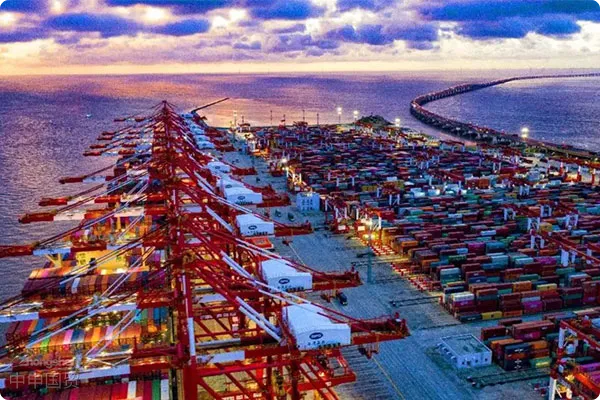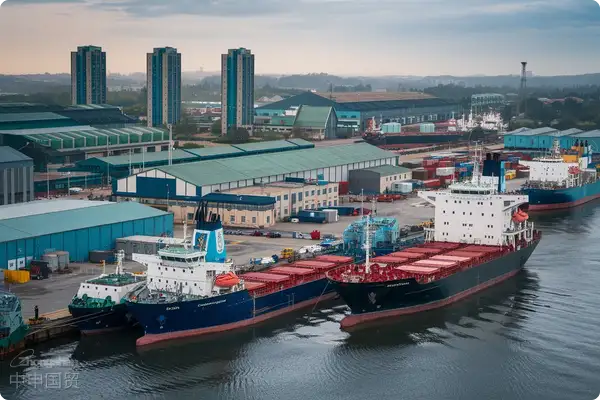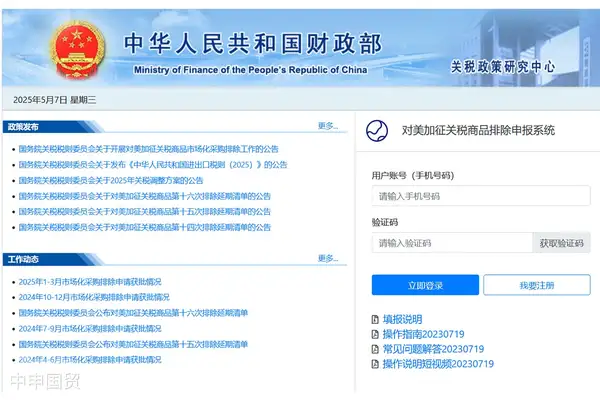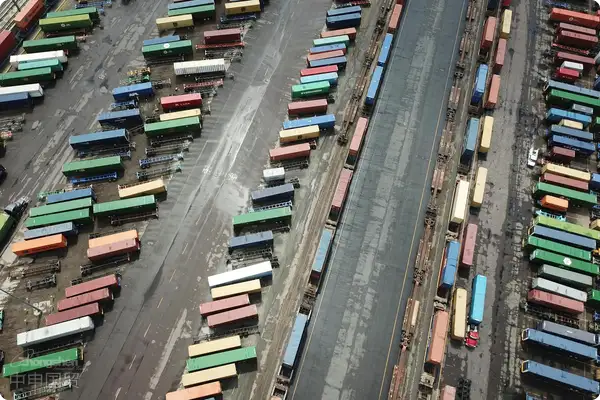- Shanghai Zhongshen International Trade Co., Ltd. - Two decades of trade agency expertise.
- Service Hotline: 139 1787 2118
Dishwashing Detergent Imports: An Overlooked Daily Commodity Trade
Asforeign tradeWith 20 years of experience in the field, Ive seen too many importers stumble over small commodities like dishwashing detergent. Though seemingly insignificant, these products face strict customs regulations worldwide due to direct food contact. Today, lets chat about the nuances of importing dishwashing detergent in a friendly conversation.

I. Pre-import Homework,
In 2018, a client imported 3 containers of dish soap without proper preparation and got stuck at customs for two months. The lesson is clear:
- HS Code confirmation: Dishwashing detergent typically falls under 3402.20, but there may be subcategory differences between Type A and B products.
- supervision conditions: RequiresImport Commodity Safety License(Currently excluded from CCC certification scope product filing)
- Documentation preparation:It is recommended to verify through the following methods:, Composition analysis report, MSDS are all mandatory
Special reminder: The testing standards for Category A products (for direct food contact cleaning) are much stricter than Category B. It is recommended to allocate at least 2 weeks in advance for sample testing.
The Hidden Pitfalls in International Shipping
Last year we handled a claim case for a client:Maritime TransportationThe entire shipment was returned due to packaging leakage during transit. Key shipping considerations:
- Packaging Requirements: Must comply with UN number standards in IMDG Code
- Temperature control: Some enzyme-containing products require transportation below 25℃
- Document consistency: The product name on the ocean bill of lading must match the declared HS code
It is recommended to choose containers with temperature control equipment and clearly specify shipping liability terms in the contract.
The Customs Clearance Secrets,
Three most common minefields in customs clearance:
- Legal inspection requirements:: All dishwashing detergents require CIQ inspection, including 12 testing items such as fluorescent brighteners and heavy metals
- Label rectification: Chinese labels must include classification (Category A/B), ingredient list, country of origin and other elements
- to transportation plan optimization: Current MFN tariff is 6% with 13% VAT, but zero tariff applies under ASEAN and other FTA agreements
Heres a tip: Send the electronic version of Chinese labels to the pre-entry company in advance to complete label pre-review before arrival.
The Safety Rules for End Markets
Based on customs consumption alerts, here are some practical suggestions for importers:
- Procurement process: Required to be provided by the supplierMicrobiological test reportandStability test report
- Warehouse Management: Store away from light, stack no more than 5 layers, ensure shelf life exceeds 18 months after arrival
- Sales guidance: Train downstream customers on proper usage to avoid complaints from incorrect use
One client failed to inform retailers that warm water improves cleaning effectiveness, leading to mistaken quality complaints - a lesson worth remembering.
Special Reminders for Beginners
For enterprises withoutimport and exportauthorization:
- May adoptdual-header customs declarationModel (Our company + Your company as end-user)
- Recommended for sensitive ingredient products (e.g. chlorine bleach)Air Transportation, although costly but faster customs clearance
- First-time imports should undergoSmall trial orders, to test market response and customs procedures
Remember my Rule of Three: Allow 3 weeks for customs clearance, prepare 3 sets of backup documents, maintain 3-way communication (freight forwarder, customs broker, testing agency).
Finally, a word of advice: Dishwashing detergent imports may seem simple, but theyre full of hidden complexities. Only through comprehensive process control can these kitchen helpers safely reach consumers. Feel free to discuss any specific questions!
Related Recommendations
? 2025. All Rights Reserved. Shanghai ICP No. 2023007705-2  PSB Record: Shanghai No.31011502009912
PSB Record: Shanghai No.31011502009912










